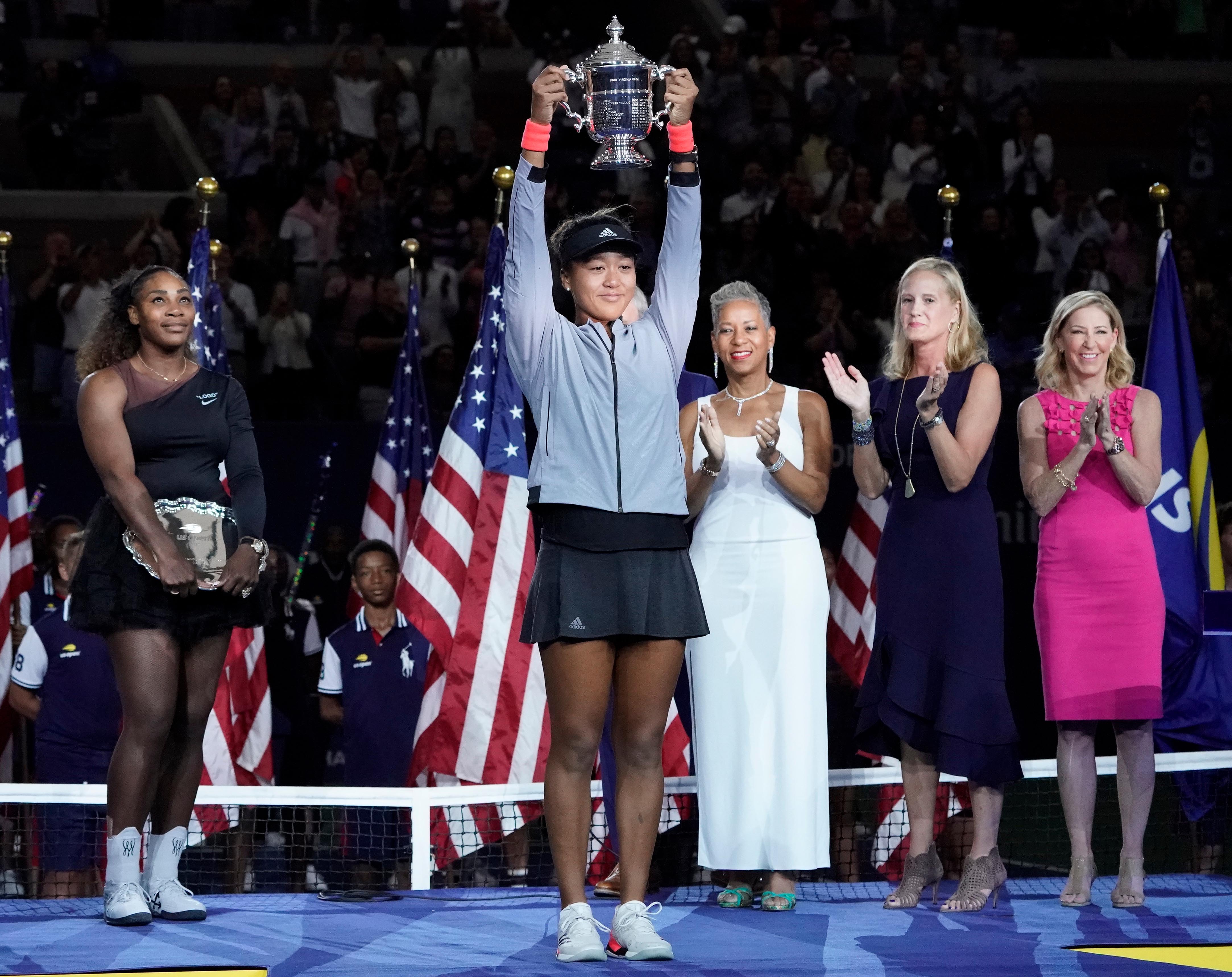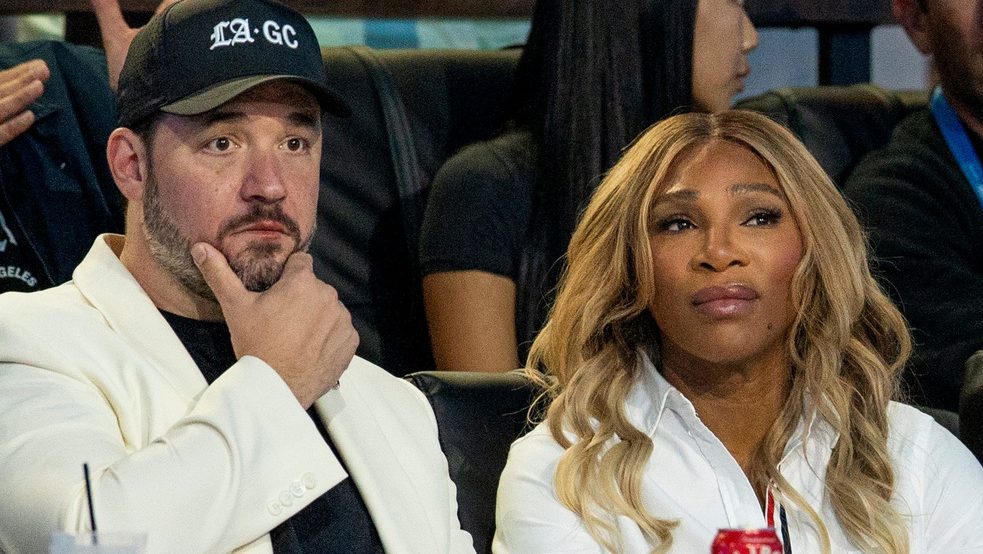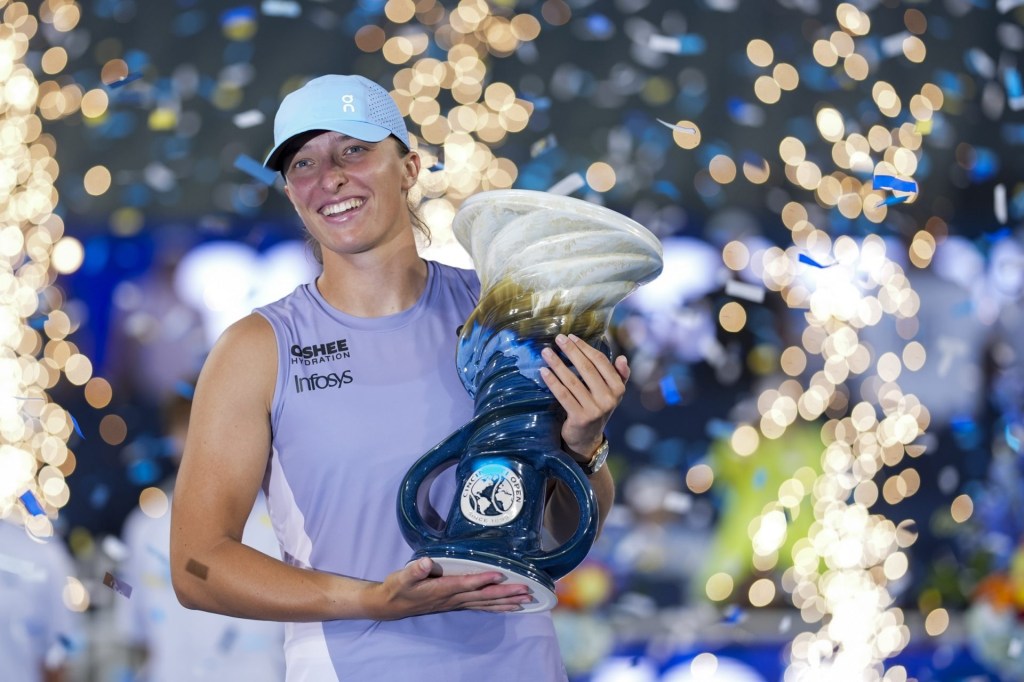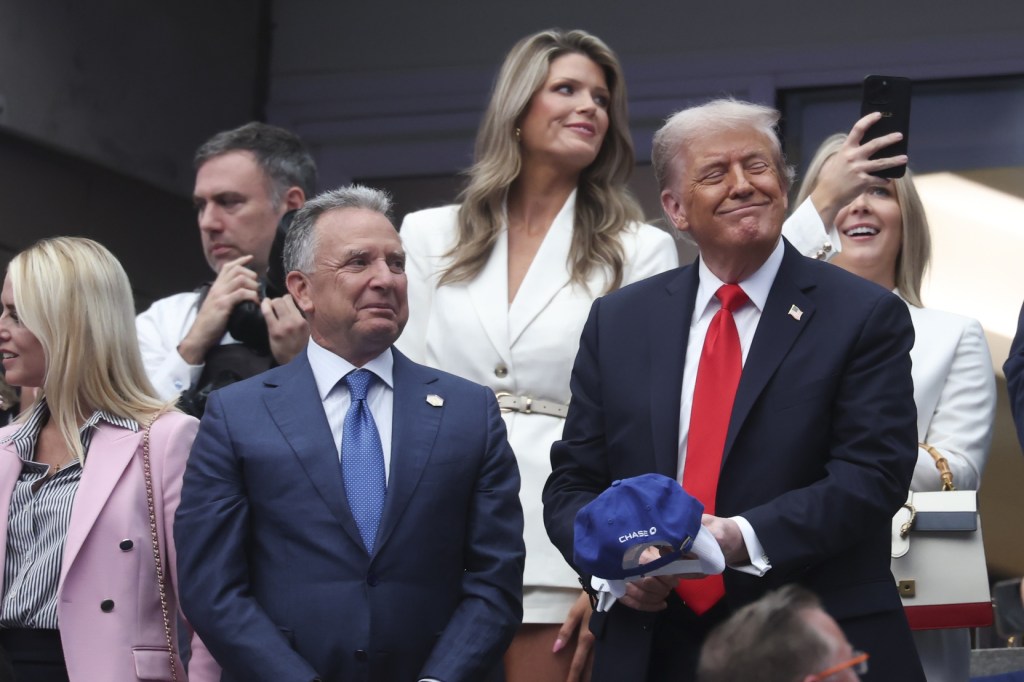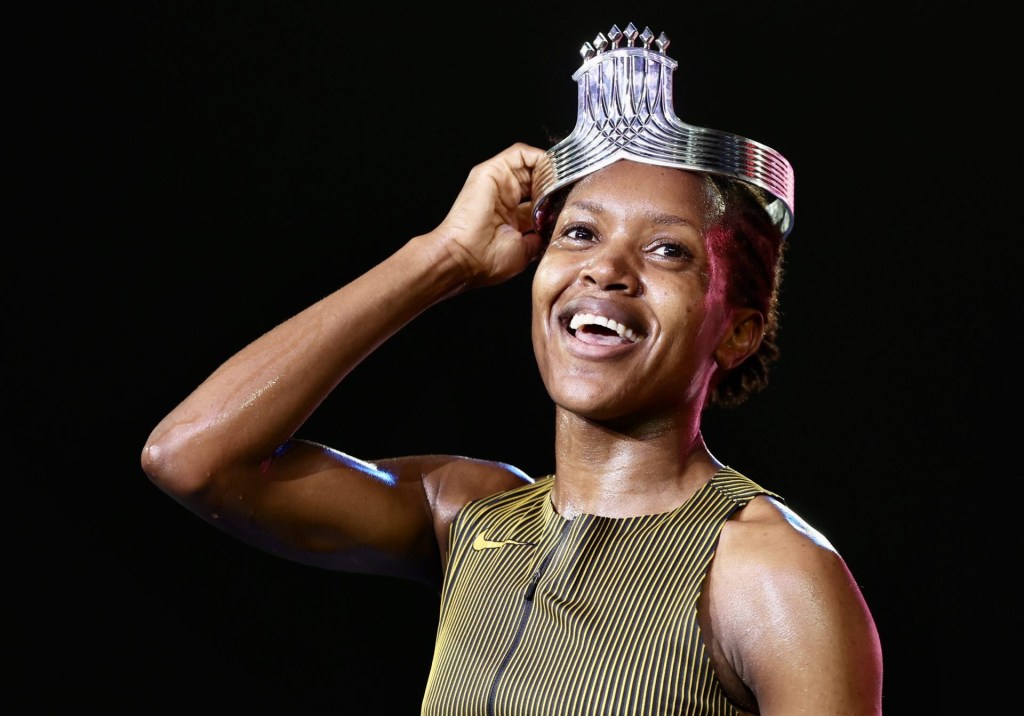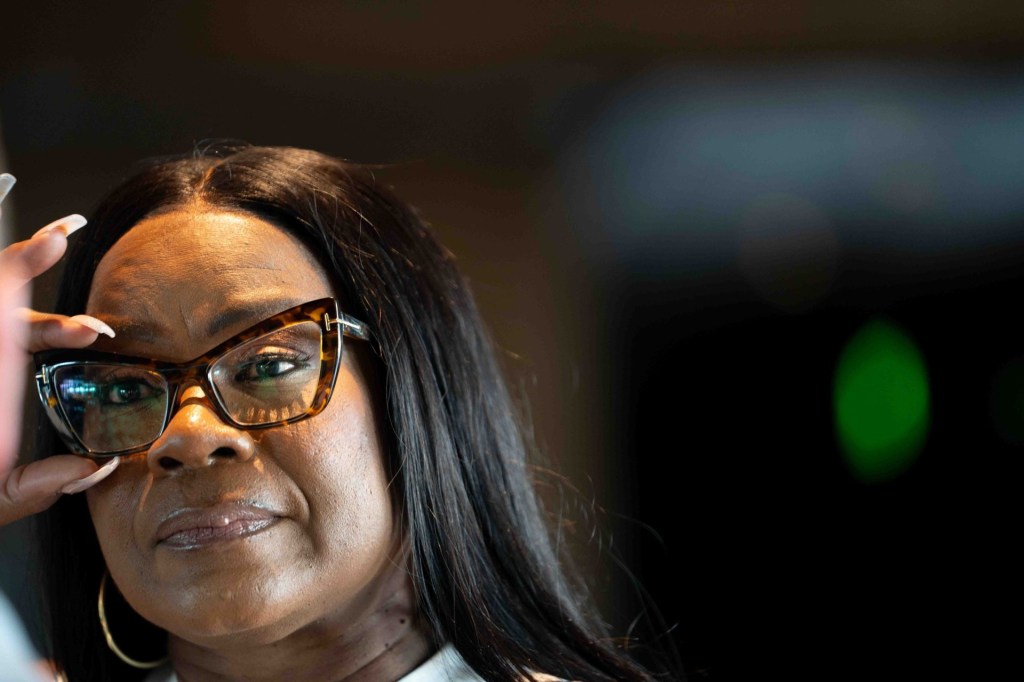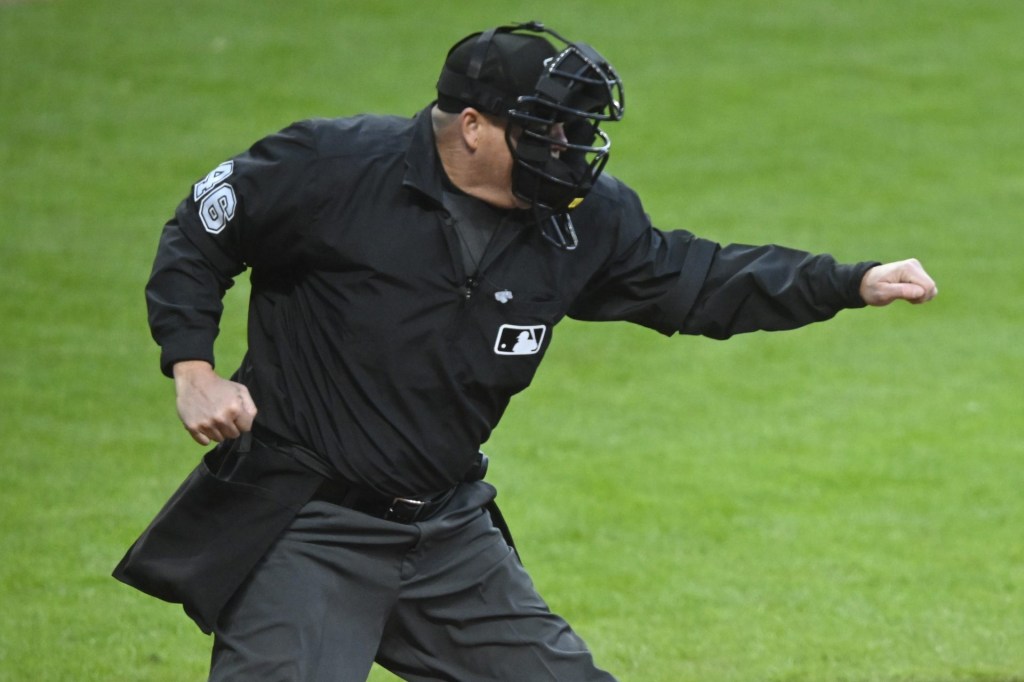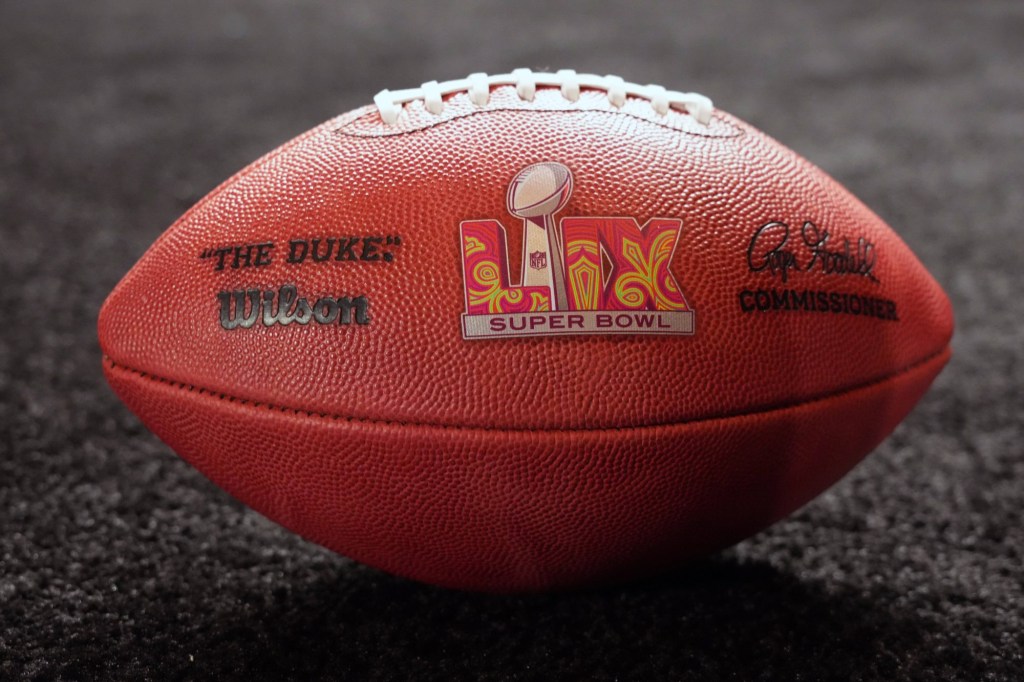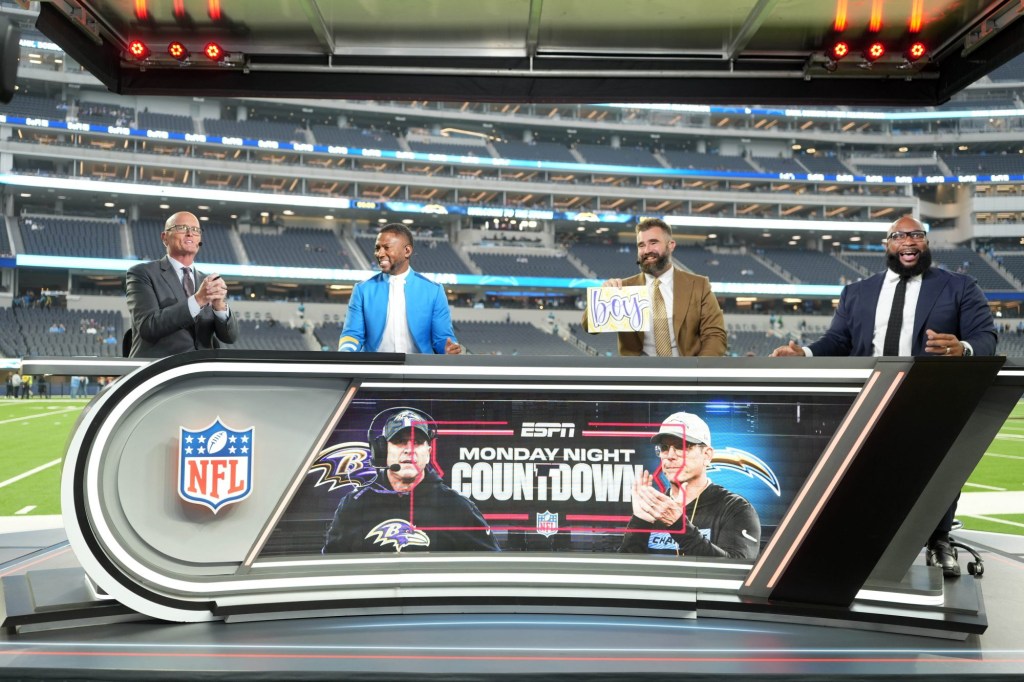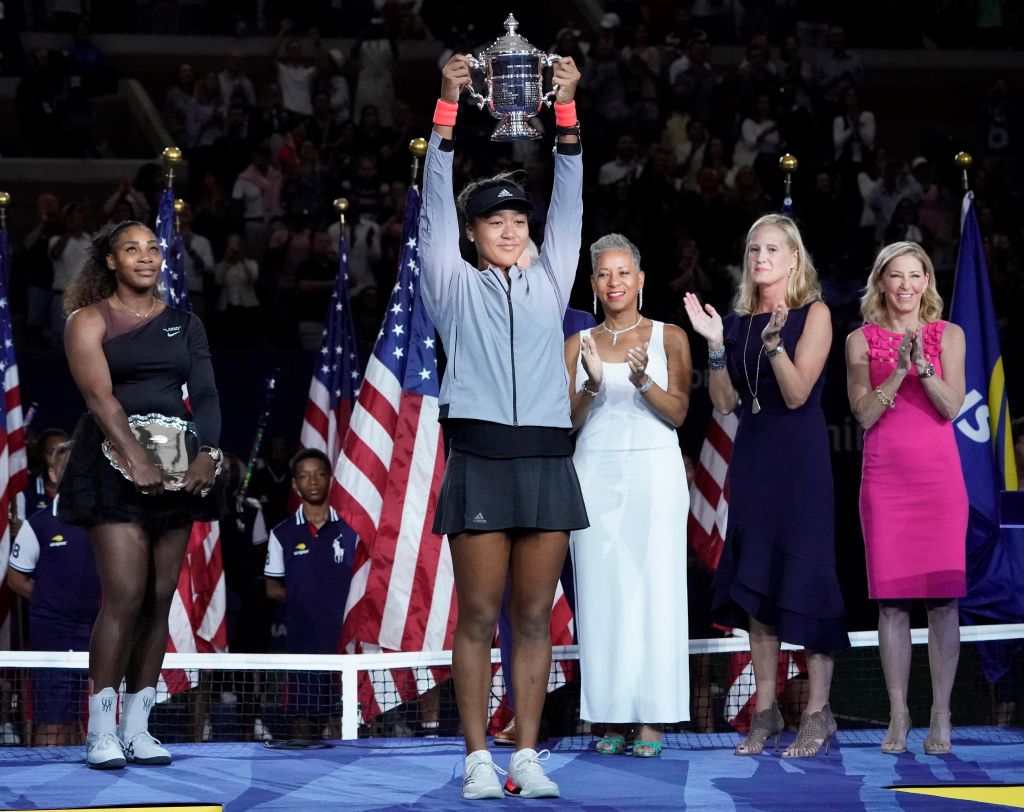
As complicated as its history may be, the United States Tennis Association has always been at the forefront of gender equality. From its equal-pay push in the early 1970s to its relationship with American tennis legend Billie Jean King, the organization and its flagship event, the US Open, are always looking to move the needle when it comes to women’s rights.
Heading into the 2019 US Open, the USTA will aim to increase the awareness of female sports through its partnership with SheIS, an organization centered around promoting female empowerment through women’s sports.
The two organizations first partnered in 2018, led by the efforts of Stacey Allaster, USTA chief executive of professional tennis, and Brenda Andress, SheIS co-founder – both of whom are excited for what they have planned for the near future.
“We’ve always, as the core of the USTA and the US Open, been completely committed to gender equality,” said Nicole Kankam, the USTA’s managing director of marketing. “Having a campaign and activation around Women’s Equality Day felt like the perfect opportunity to really reaffirm our commitment to that.”
“Stacey Allaster was one of the first women to put her hand up and say, when we were forming SheIS – ‘this [a potential SheIS-USTA partnership] is absolutely what’s needed’ – and that they want to be apart of it,” said Caiti Donovan, SheIS co-founder and chief marketing officer. “[The USTA] have been absolutely founding members and Stacey has been a founding leader within our organization since the early part of last year – 2018 – and they have been an outstanding partner for the entire time.”
To roll out its partnership during the 2018 US Open, SheIS and the USTA launched the “Embrace All” campaign. With “She Is. We Are. Embrace All” as its mission statement, both Donovan and Kankam created a video featuring tennis players such as Andy Murray, Serena Williams, and Maria Sharapova among others that highlighted the positives associated with female sports participation.
It also was made to bring to light gender disparity in terms of media coverage – a recent study from the University of Minnesota shows that although females represent 40% of all sports participation, female sports receive only 4% of all sports media coverage.
According to Donovan, the campaign – which was done in collaboration with the WNBA, National Pro Fastpitch, and now-defunct Canadian Women’s Hockey League – was the first time that the USTA worked with a non-profit organization to put out a message like this. While Donovan was proud of the message, she was uncertain how it would be received – what she saw exceeded even her expectations.
READ MORE: USTA Preps Fan Experience For New Era of U.S. Open Tennis
It reached 43 million people and had more than 11 million views across digital and social media platforms. Coupled with the #FutureIsFemale, #WomenInBusiness and #GirlBoss hashtags that had a combined Instagram usage of over 30 million posts, the “Embrace All” initiative won a Silver Distinction in sports at the third-annual Shorty Social Good Awards, which honors social-media work from influencers, brands, and organizations.
“The amount of social engagement we saw was tremendous,” said Kankam. “We saw that it gained a lot [of traffic] on social where people love the content, love that the USTA was supporting this and the number of female players that we had involved in this.”
“I think the collaboration across [the USTA] athletes was incredible,” said Donovan. “It was really a very inclusive effort where they looked at it and they said, ‘we want to make sure that this demonstrates that the talent and the skill that is exhibited from all of those different athletes is not based on gender; It is based on the amount of work and effort and real development of your skill that you put into the sport.’”
While Donovan and Kankam are both complimentary of the USTA’s progressive attitudes, it has still had a complex history with the tennis community. The 1972 US Open was the first Grand Slam event to initiate equal pay between male and female players. Billie Jean King – the namesake of the USTA Billie Jean King National Tennis Center – made sure of it after winning the 1972 US Open and receiving $15,000 less than Ilie Năstase, the men’s champion.
READ MORE: Play Like A Girl Founder Launches STEM+ Sports Hackathon
One year later, equal pay was a reality at the US Open. Then in 2006, that year’s US Open became the first Grand Slam tournament to embrace technology by letting players challenge rulings on the court through the Hawk-Eye computer system.
However, this all came following some of the tournament’s darkest moments. Equal pay surfaced only after King criticized USTA officials for the pay discrepancy between her and Năstase. Hawk-Eye emerged largely in part due to the numerous referee errors made in Serena Williams’ quarterfinal loss to Jennifer Capriati during the 2004 US Open.
Then last year saw the controversy surrounding Williams’ finals loss to Naomi Osaka. Despite the subsequent media attention around this incident, both Donovan and Kankam are unfazed by this scandal. To them, the circumstances around the 2019 tournament will instead celebrate an important holiday.
The US Open main draw commences on August 26 – the same day as Women’s Equality Day. To prepare for it, the USTA has released a 90-second video – narrated by King – addressing the dearth in female sports coverage. At the end of the video, the USTA implores fans, players, and partners to use the hashtag #WomenWorthWatching to post videos and images on social media of female athletes who inspire them. As of right now, the campaign’s already been impactful – it was recently voted “Ad of the Week” by Campaign US.
Add in the recency of the US Women’s National Soccer Team’s World Cup victory, Donovan and Kankam believe that the 2019 US Open is a perfect next step in recognizing female athletes for the success they achieve in their respective sports.
“The US Open is a great platform to help augment all the great female stories we’ve been hearing about all summer long,” said Kankam. “Through our partnership with SheIS, and being able to amplify those stories, we’re really excited about what the future holds.”
“There’s a movement that’s happening,” said Donovan. “It’s not just a moment anymore – this is a continuous effort. We absolutely saw it with the Women’s World Cup this year, and the momentum that those incredible athletes have given to this movement has been felt across all of the sports. We’re literally seeing it in every single sport and seeing fans stand up and take notice of the female athletes that exist in their own communities.”
